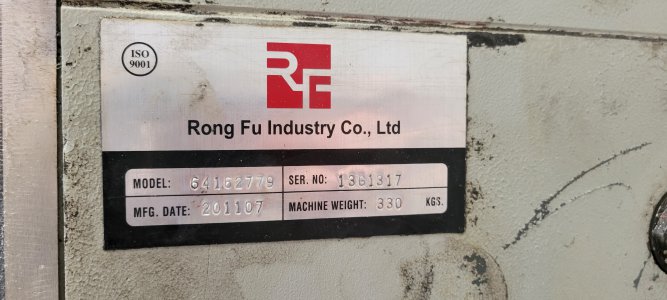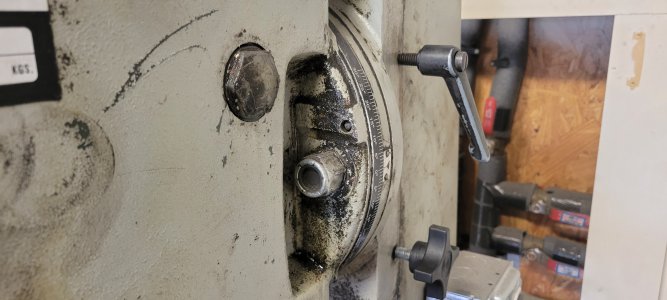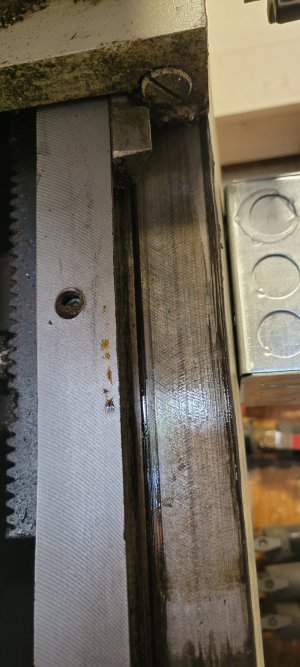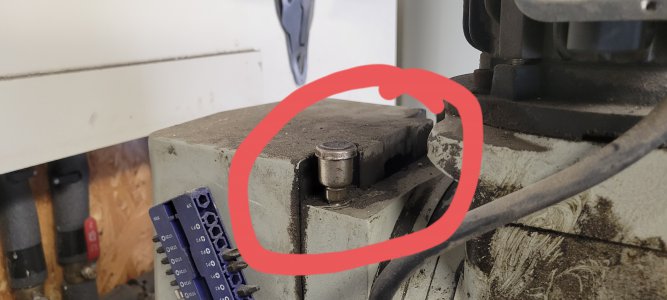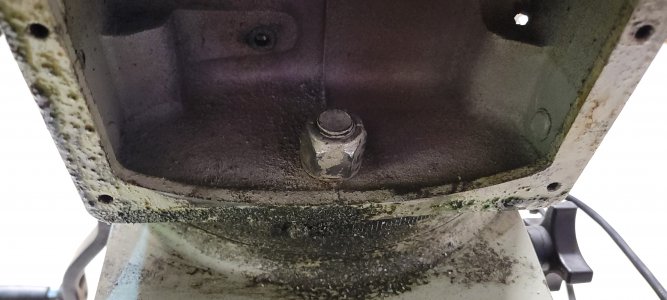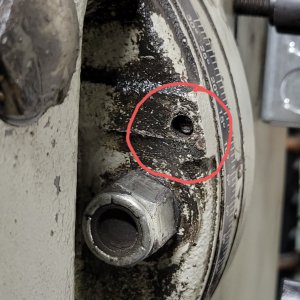A few months ago I picked up an RF-45 square column gear head mill and I can't for the life of me find much information if any about them. With machining and all being relatively new to me I have a few questions about this mill in particular and would greatly appreciate any help or insight anyone could offer:
1) what's the best way to clean all the gunk and grease and grime off of everything so that I can get a good idea of what Im working with? Anything I should avoid stripping the grease from/if so what and what should I use to replenish it?
2) While trying to tram the head to the table yesterday, I had about a 10 thousandths tilt to the right (if looking at the machine from the front). So I loosened the 3 nuts around the head and tried tapping it with a deadblow and it wouldn't budge. I tried loosening everything I could think of and still the head wouldn't budge? Am I missing something?
3) when I got the mill the depth gauge was broken/missing, does anyone know where I could track down replacement parts?
4) my fine feed seems to have a couple thou of backlash and it will "drop" sometimes during milling causing my parts to be off. Is there any way to tighten that up?
5) general maintenance, what and when should I be doing? I really want to take care of this machine like it deserves but just don't really know where to start other than squirting some oil on the ways every now and than and cleaning the chips off. Thanks for the help!!!
1) what's the best way to clean all the gunk and grease and grime off of everything so that I can get a good idea of what Im working with? Anything I should avoid stripping the grease from/if so what and what should I use to replenish it?
2) While trying to tram the head to the table yesterday, I had about a 10 thousandths tilt to the right (if looking at the machine from the front). So I loosened the 3 nuts around the head and tried tapping it with a deadblow and it wouldn't budge. I tried loosening everything I could think of and still the head wouldn't budge? Am I missing something?
3) when I got the mill the depth gauge was broken/missing, does anyone know where I could track down replacement parts?
4) my fine feed seems to have a couple thou of backlash and it will "drop" sometimes during milling causing my parts to be off. Is there any way to tighten that up?
5) general maintenance, what and when should I be doing? I really want to take care of this machine like it deserves but just don't really know where to start other than squirting some oil on the ways every now and than and cleaning the chips off. Thanks for the help!!!


